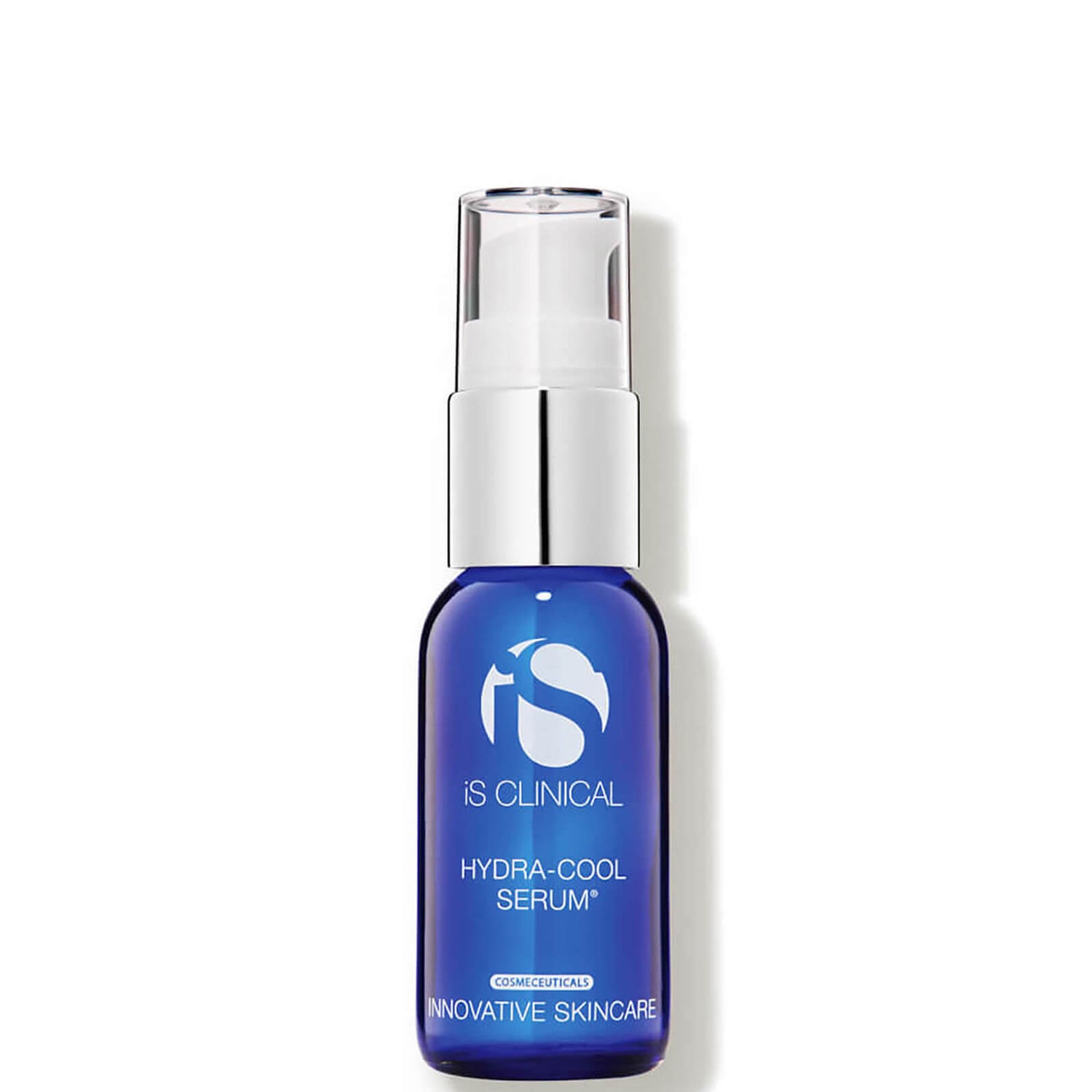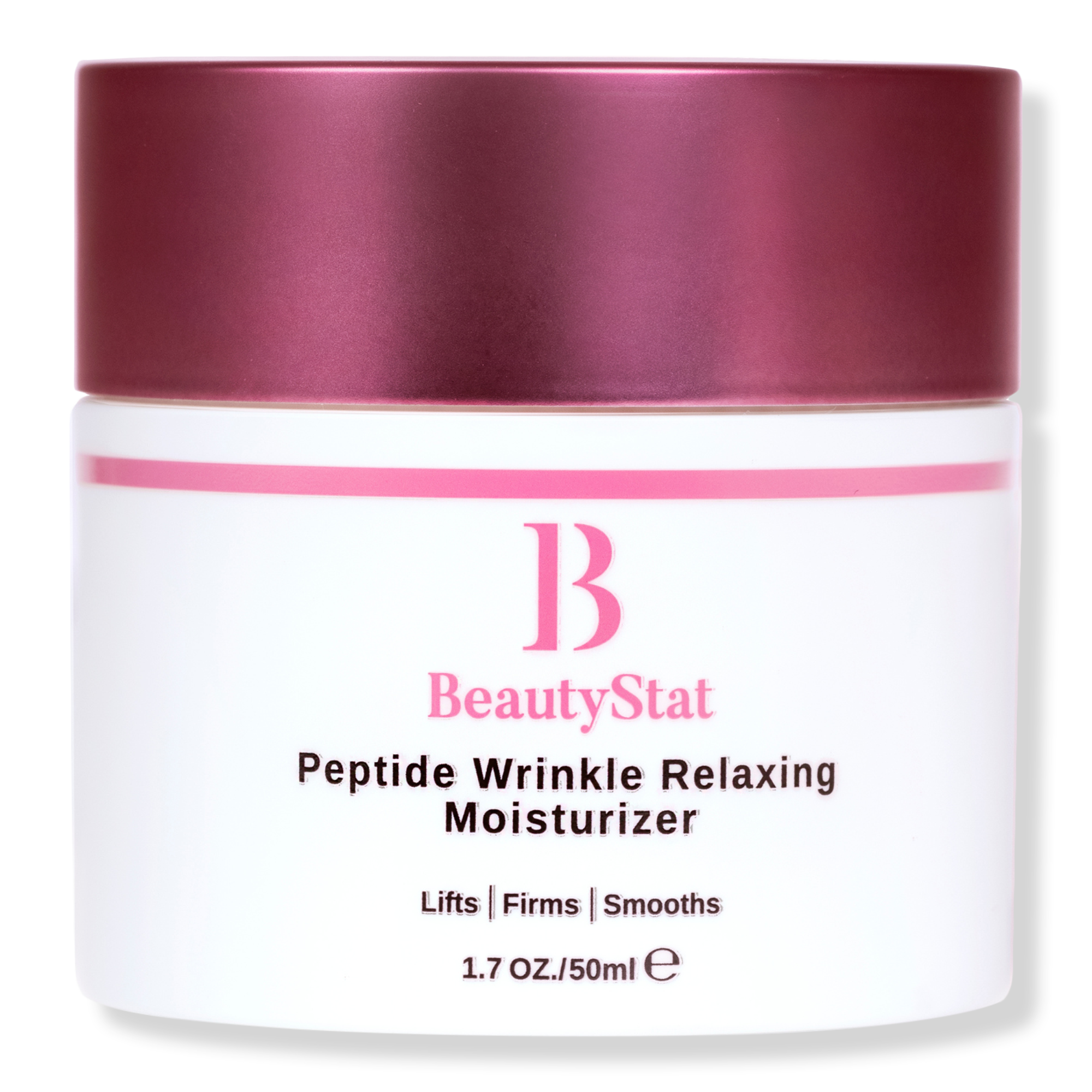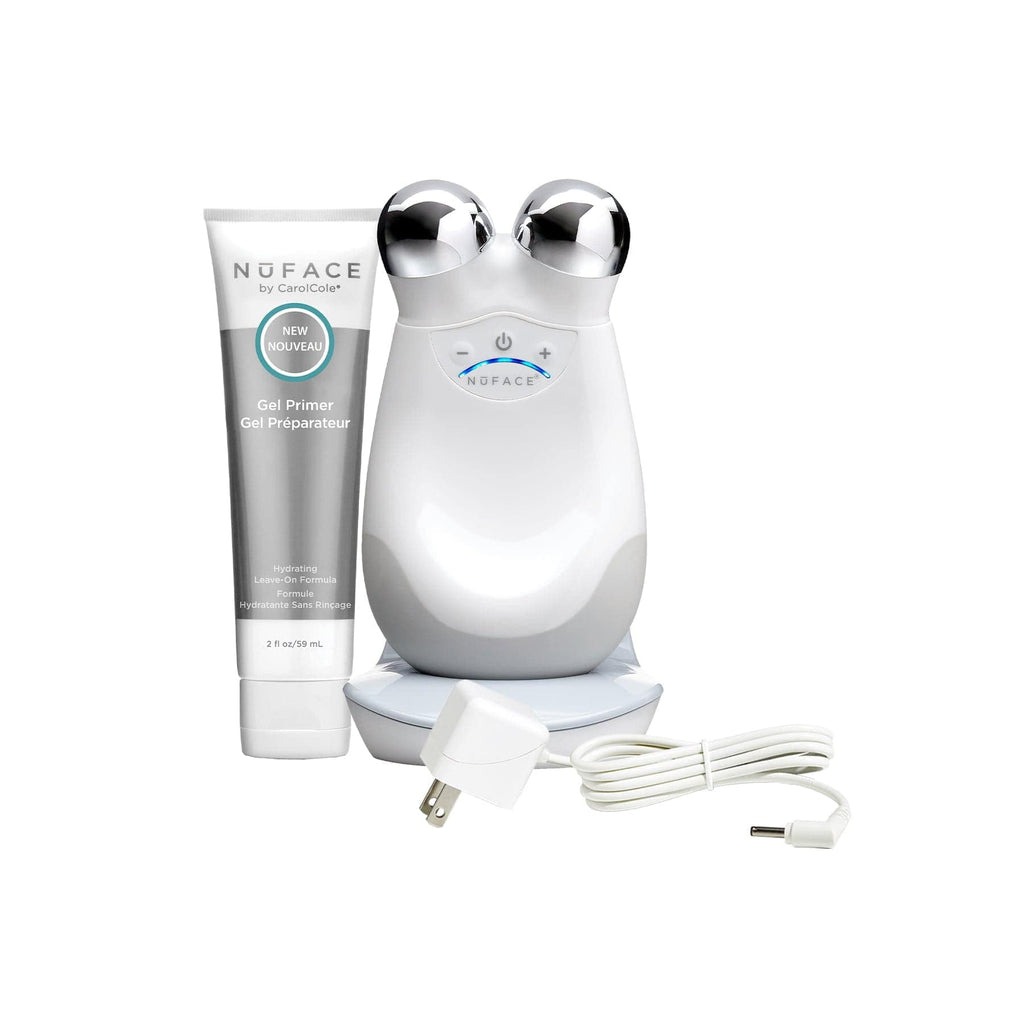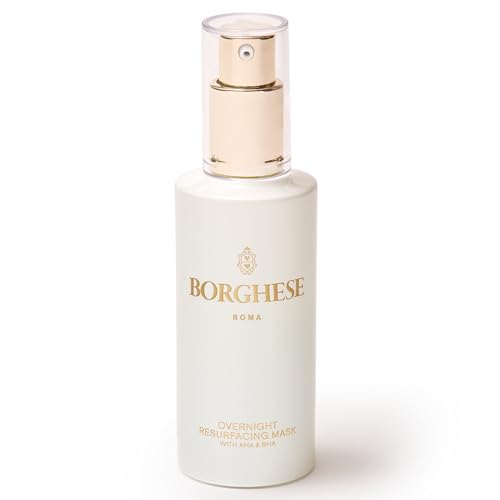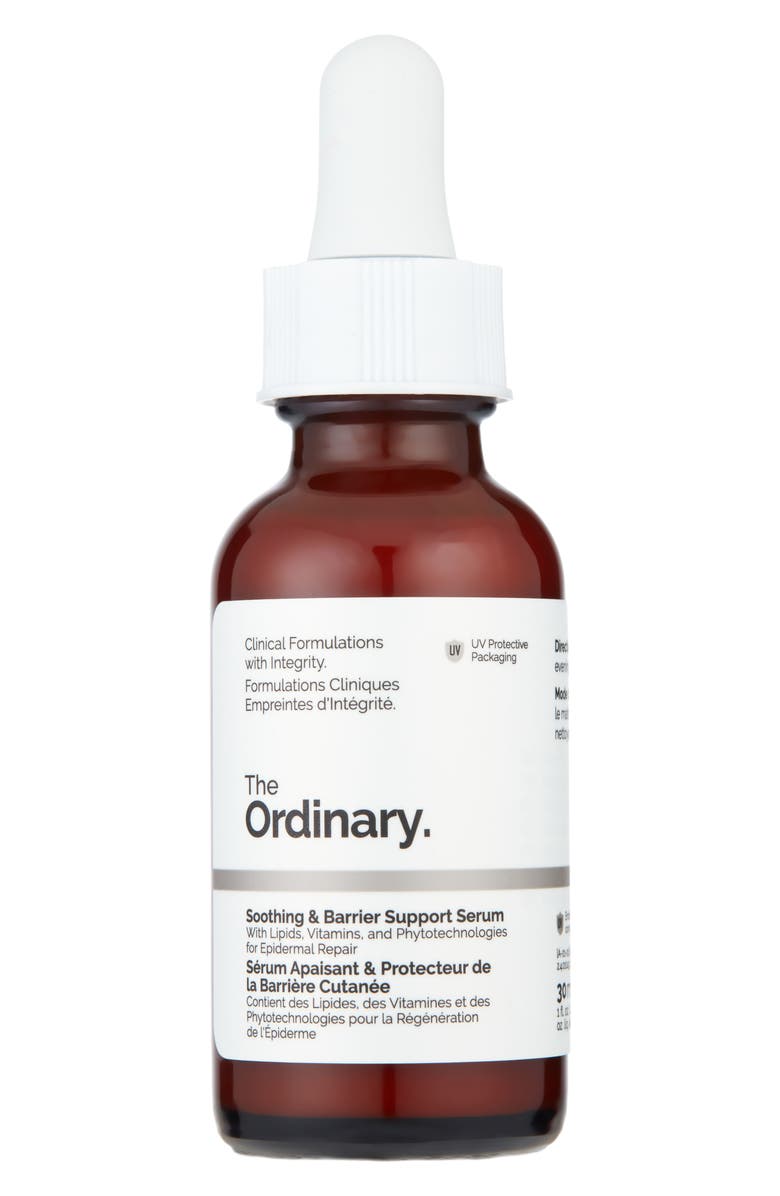Everything to Know About Ultherapy, the Noninvasive Treatment for a Firmer Jawline
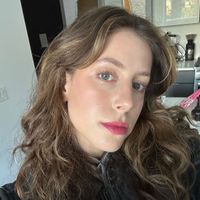
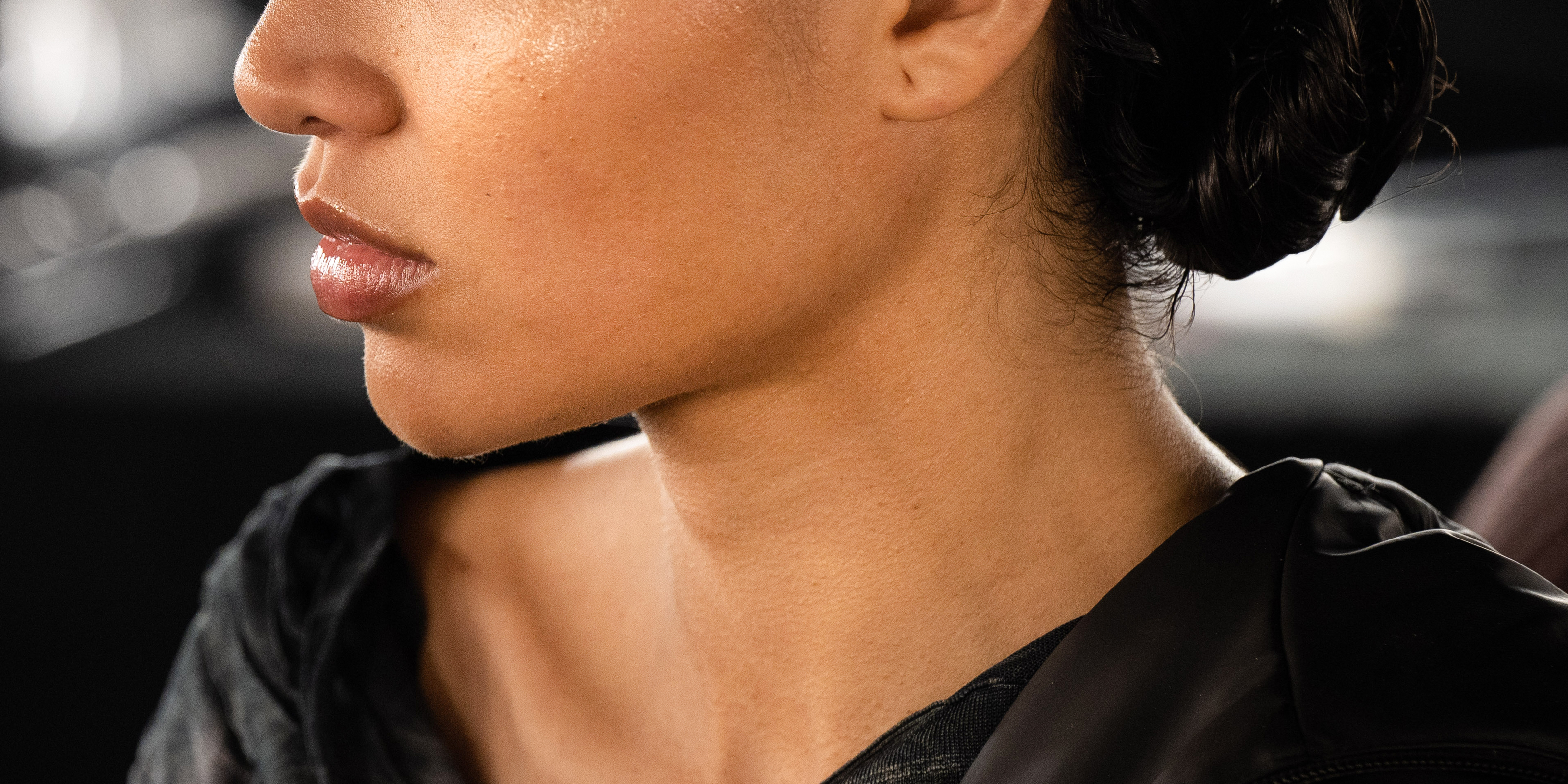
What if I told you that you could tighten crepey skin, tone your jawline, lift your brow, and firm your décolletage without any needles, injections, or downtime? It almost sounds too good to be true (and I'd understand your hesitation; big promises like that should be met with a healthy dose of skepticism!), but allow me to introduce you to Ultherapy, the in-office skin procedure people commonly refer to as the "nonsurgical facelift."
Yes, it involves a trip to the derm (and a pretty penny, I should caveat up top), but it doesn't require going under the knife. The treatment actually uses sound energy to target your underlying muscle tissue, and the results are transformative—yet still so natural-looking.
There's much more to unpack, so I consulted experts who offer Ultherapy in their medical practices. (Read: They're certified and very experienced in the technology.) Ahead, discover everything—and I mean everything—you need to know before signing on the dotted line.
What Is Ultherapy?
Ultherapy is a noninvasive treatment that uses ultrasound energy (hence the name) to penetrate the muscle tissue and tighten the skin. "It is the gold standard for lifting, and it targets the SMAS (superficial musculoaponeurotic system) layer, which is the same layer we would lift in a facelift," says board-certified plastic surgeon Jennifer Levine, MD. While a facelift requires actual surgery, Ultherapy requires only ultrasound energy—no needles, no incisions.
Okay, we're about to get super technical, but stay with me here: During Ultherapy, a medical professional will first use ultrasound technology (yes, the sound waves used during pregnancy) to actually see the tissue so they can target the appropriate layer. "Ultherapy then uses a specific form of ultrasound energy called micro-focused ultrasound, which delivers TCPs (thermocoagulation points) to that specific layer only. It does not fuse or injure any tissue except for the layer that is being treated," says Levine.
Those TCPs then heat up the tissue in that deep skin layer, which stimulates collagen and elastin production (aka the proteins that keep your skin looking firm and plump). Over time, this results in a tighter, more lifted appearance.
"Patients often associate Ultherapy with lasers and assume it works in a similar way," adds medical aesthetician Evelyn Ramirez. "To help them understand, I explain that while Ultherapy can produce effects similar to a laser, it actually operates at a much deeper level. People may book Ultherapy to address signs of aging, such as sagging skin or wrinkles, without undergoing surgery."
Benefits
This FDA-cleared procedure has many perks, including:
Skin tightening and lifting: Levine considers Ultherapy "best way to non-surgically lift and tighten the skin." A strong MD endorsement, if I've ever heard one! And according to Ramirez, it can be effective for the face, neck, and décolletage.
Collagen stimulation: "The ultrasound energy stimulates the production of collagen, a protein that helps maintain the skin's firmness and elasticity," says Ramirez. This, in turn, leads to more youthful-looking skin.
A noninvasive nature: No incisions or needles necessary, yet Ultherapy targets the same tissue layer as a surgical facelift.
Minimal downtime: "Patients can return to normal activities almost immediately," says Ramirez.
Gradual, natural results: According to Ramirez, you'll start to see peak results over two to three months, while some patients can see improvements up to one year. This gradual process leads to a more natural-looking effect.
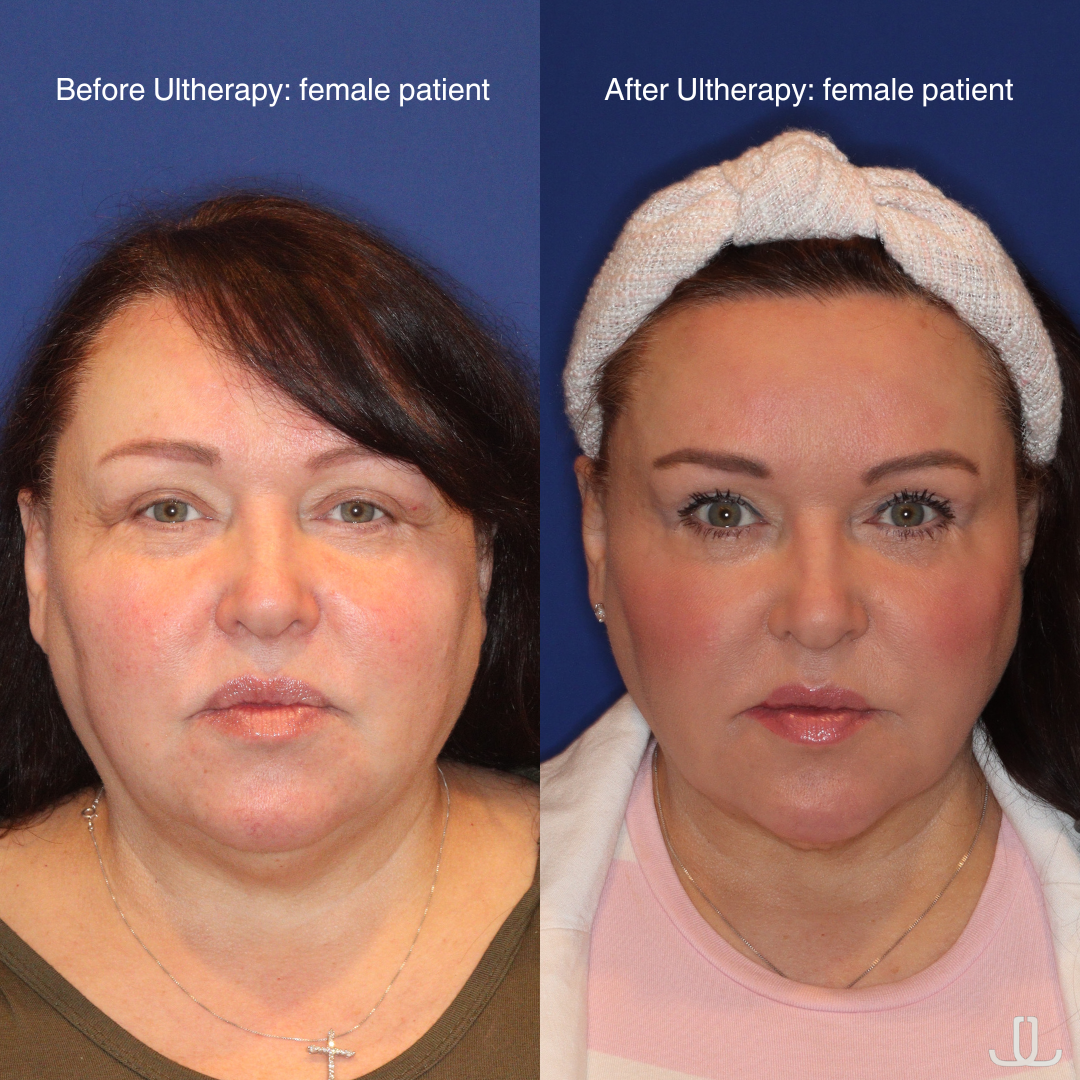
Who's the Best Candidate?
Now, Ultherapy may be one of the best noninvasive treatments for tighter skin, but it's not a miracle worker. Read: Ultherapy can help with natural tissue regeneration, but it won't magically shave years off your face. "Individuals with severe skin laxity or very aged skin might not see significant results," adds Ramirez. If you're looking for an immediate, surgical result, well, surgery is probably the best route to take.
That said, the best candidate is someone with moderate skin sagging specifically looking for a noninvasive procedure and is aware of Ultherapy's moderate, gradual improvements. Ramirez advises pregnant women to steer clear, as well as those with medical conditions or infections. "People with certain implanted electronic devices (e.g., pacemakers) should consult their doctor first," she adds.
Levine echoes the warning, also mentioning that people with gold allergies or those on immunosuppressant medications should hold off. "[They] will not be able to generate the response necessary for the improvement," she notes.
What to Expect
First, expect a consultation where you can discuss your skin goals with a medical professional. They'll be able to determine whether Ultherapy is, in fact, a suitable treatment to address your concerns. Once you receive a stamp of approval, your provider will likely take a few photos before the procedure in order to track your results
To prep the skin for the treatment, your provider will give you a good cleanse then apply a numbing cream for 30 to 60 minutes. Some providers use Pro-Nox (aka, laughing gas) as well, depending on the patient's comfort level—but it's not always necessary. After, they apply a gliding gel for the ultrasound; with that imaging, they can determine where to place the energy before marking up the treatment area.
The device will then focus ultrasound energy at precise depths. (This is when people tend to report some discomfort.) "The procedure typically lasts between 30 to 90 minutes, depending on the area treated," explains Ramirez. When all is said and done, your provider will clean off the gel, and you're free to go on your merry way.
Any Downsides?
There aren't many downsides, assuming you book the treatment from a trained professional. It does come with some discomfort (more on that in just a moment), but both Ramirez and Levine say it shouldn't be painful (especially with numbing cream or Pro-Nox). You might experience some redness, swelling, tenderness, or bruising, Ramirez says, but generally, there is no downtime to take into account.
Now, I repeat: It's crucial you book the treatment with a reputable provider. Make sure they are certified and experienced in performing Ultherapy, and ensure they use a genuine Ultherapy device—there are some knockoffs out there. "Some issues have been reported with counterfeit machines," says Ramirez. For example, many competitor devices are referred to as HIFU (which stands for high intensity focused ultrasound), but Ultherapy is in its own FDA-cleared league.
"There have now been almost three million treatments of Ultherapy performed worldwide over the past 10 years," notes Levine. If you have any lingering concerns, ask your provider to see the machine's certificate of authenticity—if it's legit, they should be more than happy to show you!
Fast Facts
- Downtime: "There is minimal to no downtime," says Ramirez. You may experience mild redness, tenderness, or swelling, but you can return to your daily activities immediately after the treatment.
- Pain level: As I mentioned, there's some discomfort involved during the energy delivery, but it shouldn't be painful. "Pain levels vary, and over-the-counter pain relievers or numbing creams may be used to alleviate discomfort," Ramirez adds.
- Cost: Heads up—it's expensive. The cost will vary depending on your provider and treatment area, but generally, you can expect to shell out $1500 to $4500. It's certainly an investment, but you don't want to cut any corners here. "It is not a procedure that should be inexpensive due to the amount of skill and time it takes," assures Levine.
How Long Does It Take to See Results?
It varies from person to person, but on average, people see full results after two to three months as their collagen regenerates. That said, the more collagen decline you've experienced, the longer it can take for the treatment to work. (Levine says if you're above the age of 60, it might take closer to six months for peak benefits.) "In many patients, they still see ongoing results even a year later," adds Ramirez. Again, this is a gradual process that tightens your skin over a period of time, which ultimately winds up looking more natural.
You only need one session to reap those results, and they tend to last about a year without touch-ups. So Levine recommends opting for the treatment once a year, if it suits you. "[You can book] more frequently if laxity is more extreme and there is more of a correction wanted," she explains. "Your provider will be able to determine this on an individual basis."
Tips to Maintain Results
To maintain those skin-tightening results, a proper skincare regimen is a must. You can't expect Ultherapy sessions to work if you don't take care of your skin in the interim!
Collagen-promoting actives, like retinol and glycolic acid, can stimulate cell turnover and keep skin looking taut—just wait a few days post-treatment before grabbing for any harsh actives. Instead, opt for all the calming moisturizers and serums you can find, especially when you might be dealing with redness or increased sensitivity post-procedure. Sunscreen, of course, is nonnegotiable. Sun damage is the number one cause of accelerated skin aging, after all, and even the most sophisticated treatment in the world won't do much if you don't protect your complexion from UV rays.
You could also opt for more noninvasive treatments if you'd like. "Morpheus8, Emface, chemical peels, and other devices can maintain and prolong results as well," notes Ramirez.
Best Products Post-Ultherapy
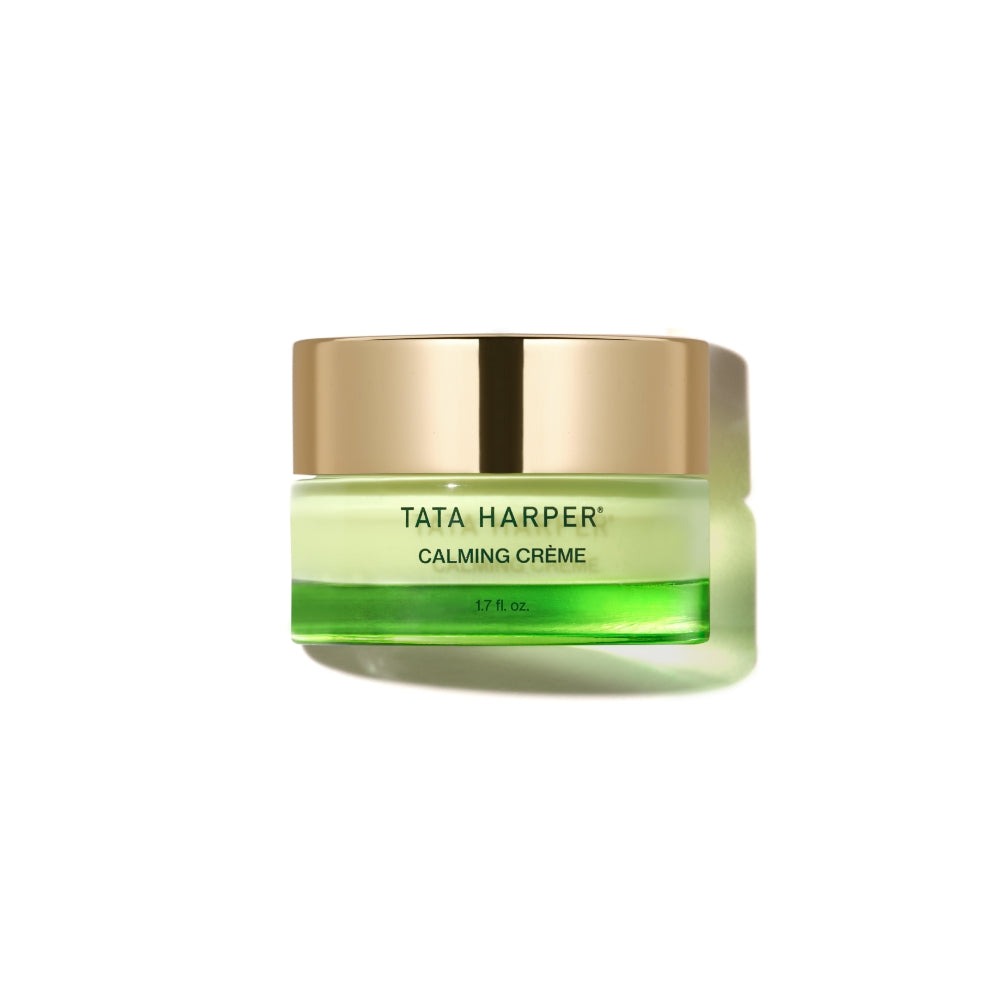
Tata Harper's fragrance-free cream immediately soothes my redness and inflammation, so I'd wager it'd be perfect to use post-Ultherapy. It's rich yet absorbs effortlessly, and it's earned the National Eczema Association Seal of Acceptance—so you know it's well-suited for sensitive skin.
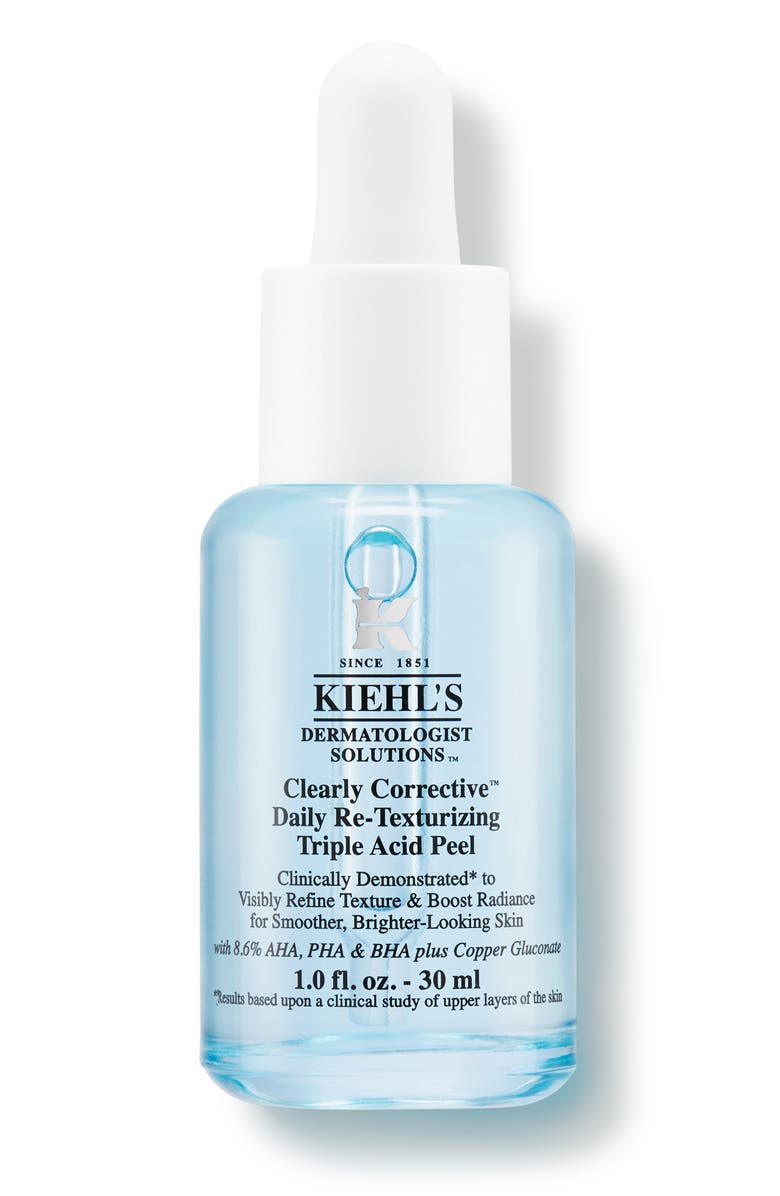
A "daily" peel might sound like a juxtaposition, as peels are meant to be intense and thus spread out periodically. Trust, this option from Kiehl's is targeted enough to resurface skin and address textural concerns yet gentle enough to use on a more frequent basis thanks to calming copper gluconate.
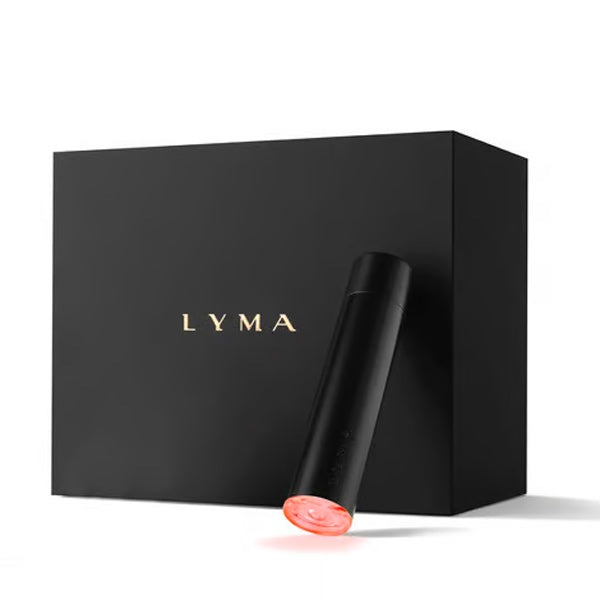
The groundbreaking laser technology has made its way into the at-home sphere. Beloved by derms and aestheticians (and their celebrity clients), the laser uses low-level laser light therapy to produce collagen and heal the skin through photobiomodulation. It's expensive, but it's arguably one of the best tools to maintain your Ultherapy results at home.
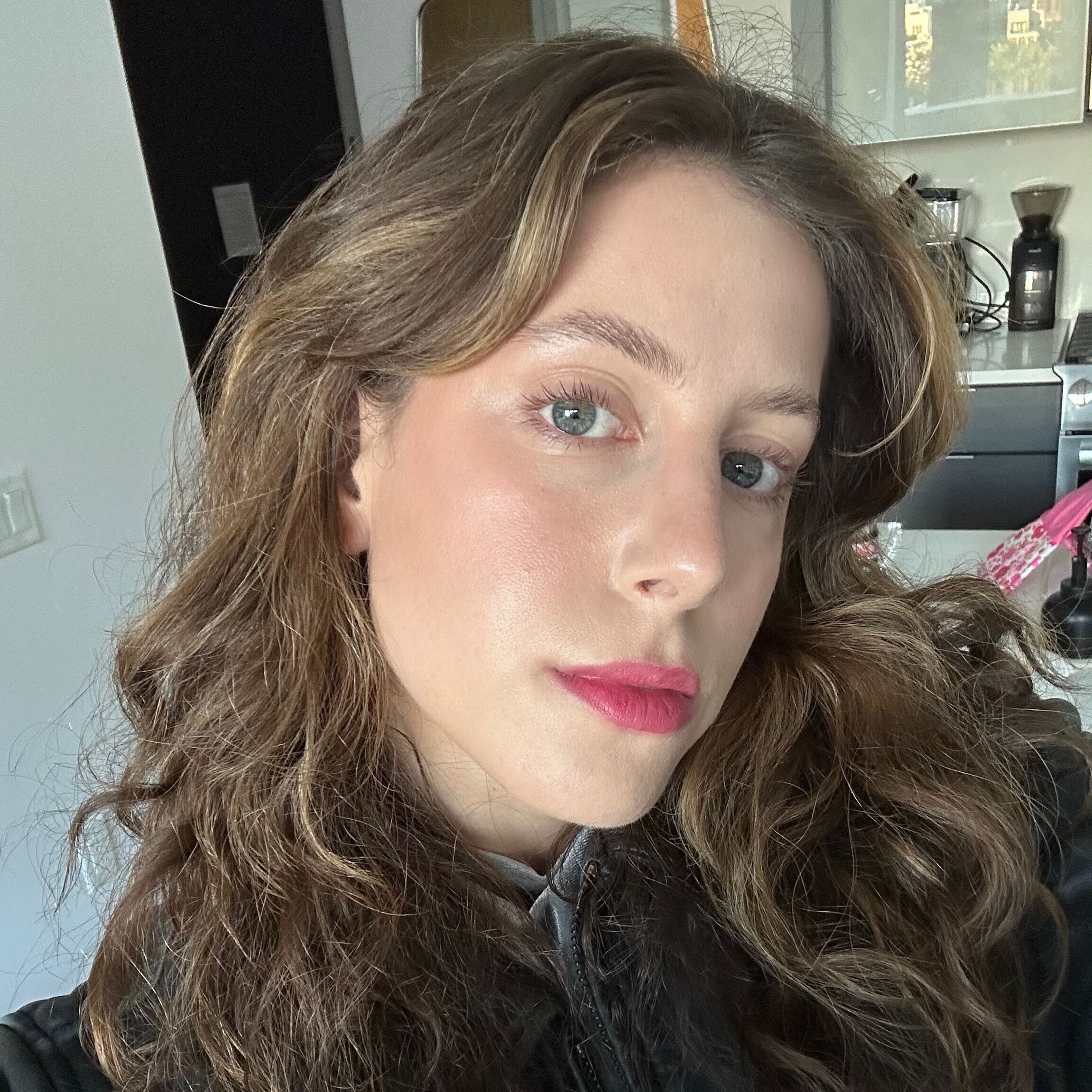
Jamie Schneider is Who What Wear’s senior beauty editor based in New York City. With over seven years in the industry, she specializes in trend forecasting, covering everything from innovative fragrance launches to need-to-know makeup tutorials to celebrity profiles. She graduated from the University of Michigan with a B.A. in Organizational Studies and English before moving to NYC, and her work has appeared in MindBodyGreen, Coveteur, and more. When she’s not writing or testing the latest beauty finds, Jamie loves scouting antique homewares, and she’s always down for a park picnic in Brooklyn.
